Preparaion
Yarn Twisting, False Twisting,
Spinning, Warping, Sizing, Beaming
Weaving on Water Jet, Air Jet
Double Beam Weave makes more textures
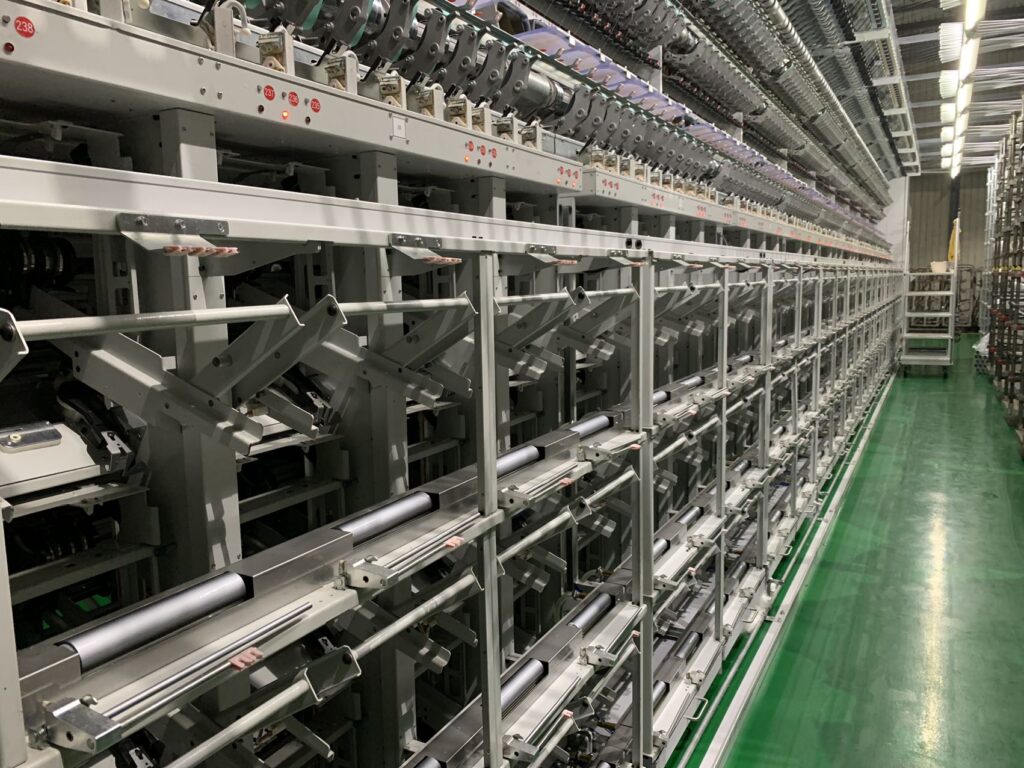
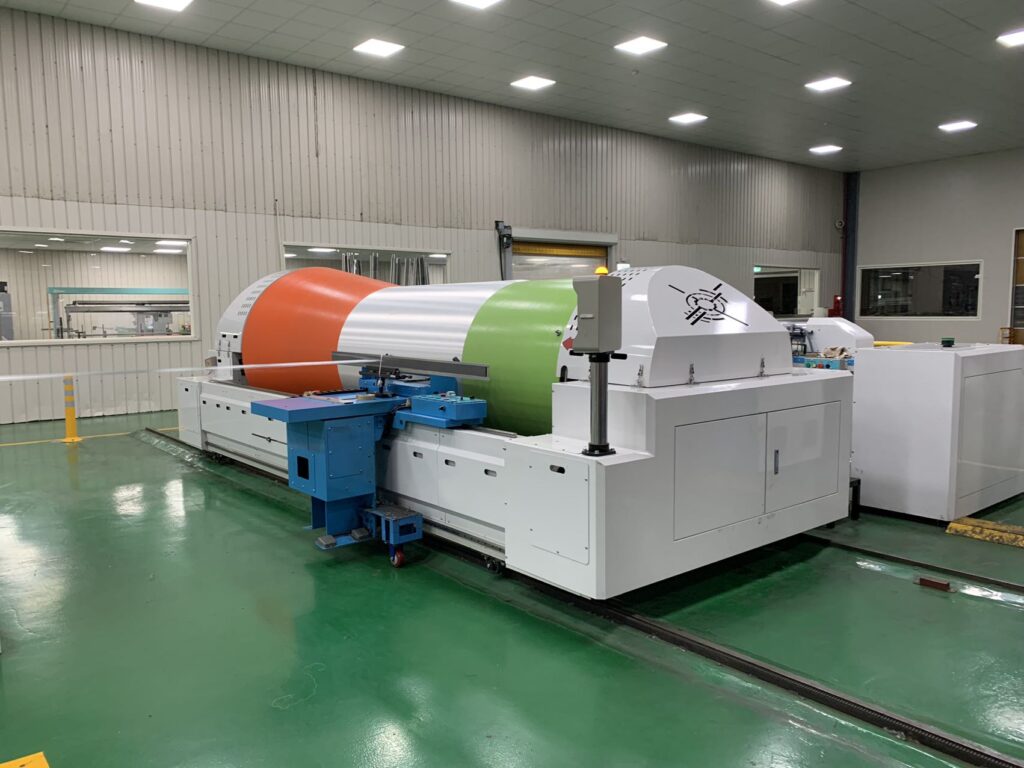
Woven fabrics are produced through the interlacing of warp and weft yarns using specialized weaving machinery. The process requires precise equipment and a controlled production environment to ensure high-quality fabric output.
1. Weaving Machinery
a. Warping Machine
The warping machine prepares the warp yarns by winding them onto a warp beam in a parallel and organized manner. This step is essential to ensure the yarns are aligned and evenly tensioned before weaving.
b. Sizing Machine
Before weaving, warp yarns often go through a sizing machine, which coats them with a protective film (usually starch or synthetic sizing agents). This strengthens the yarns, reduces friction, and prevents breakage during weaving.
c. Drawing-in
The drawing-in process involves threading each warp yarn through the heddles and reeds. This can be done manually or using an automatic knotting machine, especially during style or color changes.
d. Weaving Machines
Weaving Machines are the core machines in woven fabric production.
- Air Jet – Use a jet of air to insert the weft yarn. High-speed and suitable for light to medium-weight fabrics.
- Water Jet – Use water to insert the weft; ideal for hydrophobic (water-resistant) yarns.
Each type of loom is selected based on the fabric design, yarn type, and production efficiency requirements.

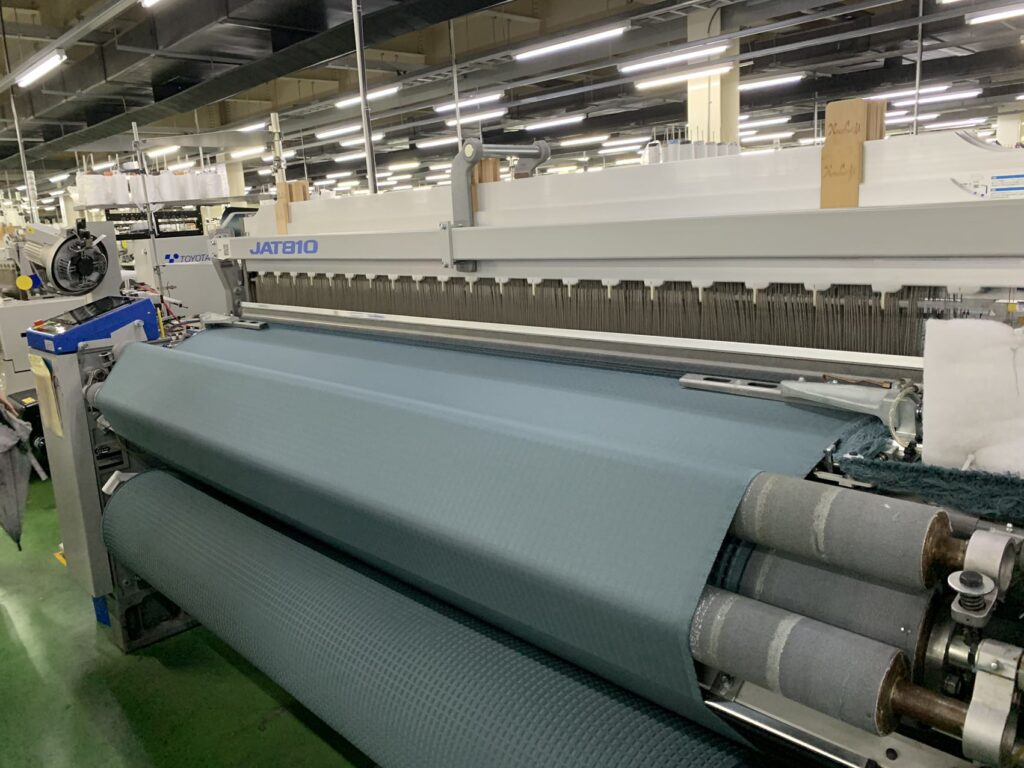
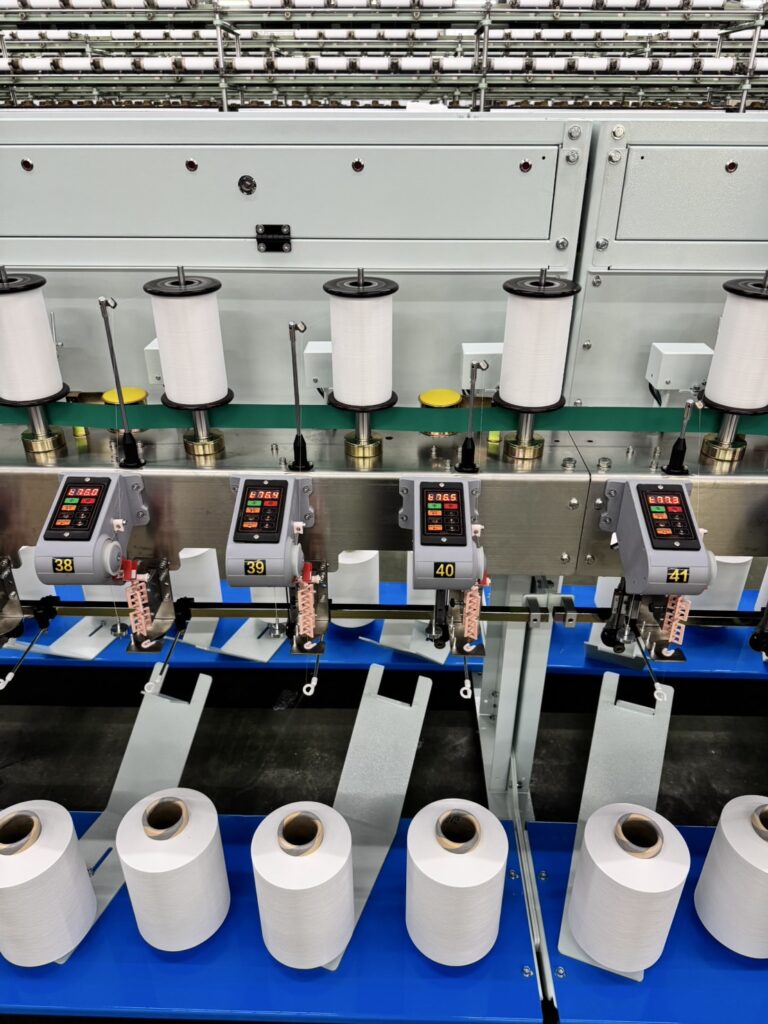
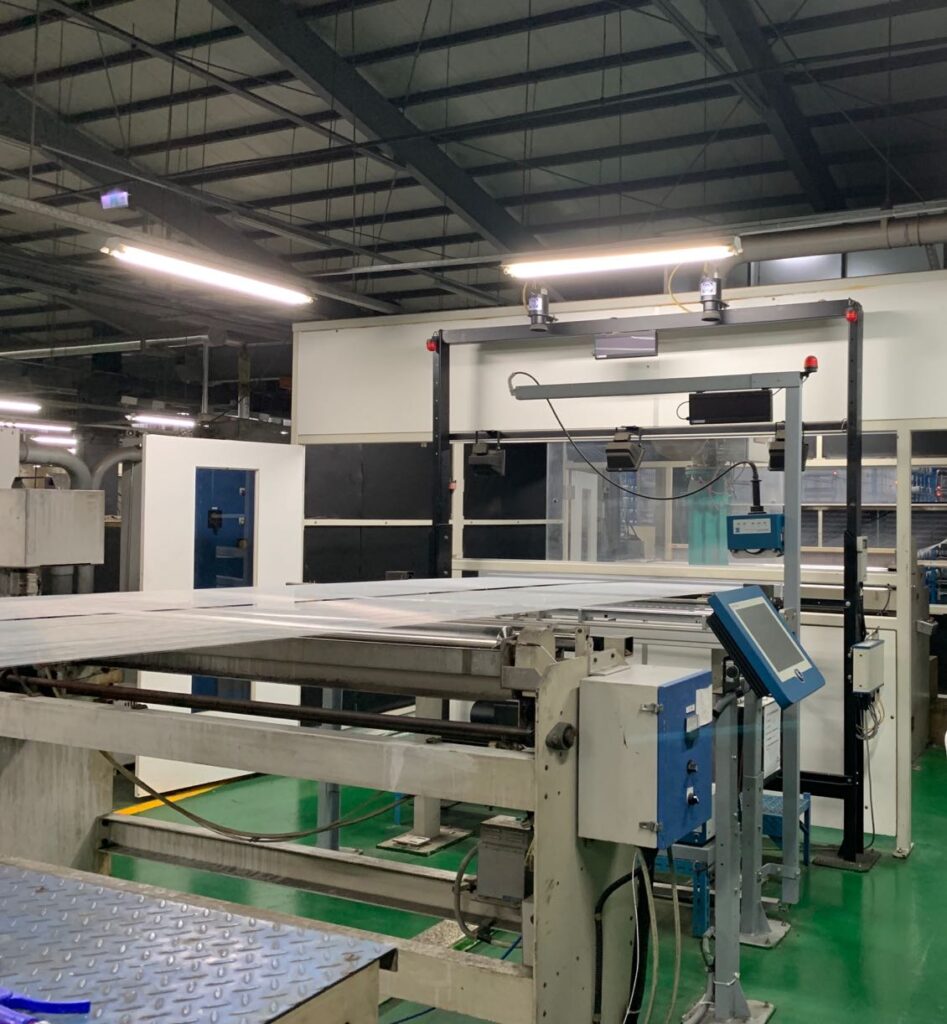
2. Production Environment
A well-maintained production environment is crucial for smooth operation and consistent fabric quality:
- Temperature and Humidity Control
Yarn tension and fabric quality are sensitive to environmental conditions. Controlled humidity (around 60–70%) prevents yarn breakage and reduces static electricity. - Cleanliness
The weaving floor must be clean and free from dust and lint to avoid contamination and mechanical failures. - Noise Control
Looms are often loud, so hearing protection and noise control measures are necessary for worker safety and comfort. - Lighting and Safety
Adequate lighting is essential for operations and inspections. Machines are equipped with safety guards, and emergency stops are installed for worker protection.
Our Persistence
The production of woven fabrics relies on a combination of advanced machinery and a well-controlled environment. Each step, from yarn preparation to weaving, requires precision and care to ensure the final fabric meets quality standards. With ongoing advancements in textile technology, weaving machinery continues to evolve, offering greater speed, versatility, and efficiency.
